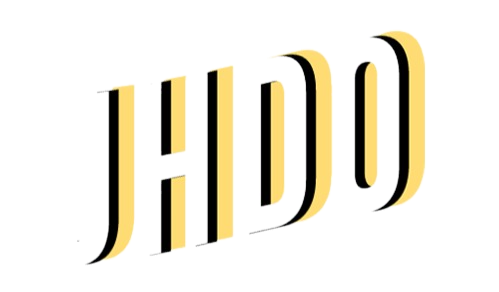Bone density scan is an image study that measures the density of your bone. It uses x-ray technology to see if your one has lost important minerals that make up a huge part of you bone - about 70% in mass, to be specific. Bone density scan also goes by another name, DEXA, which stands for dual energy x-ray absorptiometry. The radiation emitted DEXA is about one tenth of a chest x-ray. It is quick and painless, usually takes about 15 min to complete.
The bone density report will usually include a number called T-score. T-score indicates how your bone density differs from that of an average 30 year old. It is a standard deviation that calculates how much a result varies from the average or mean. One standard deviation is roughly equivalent to 10% of difference in bone mass, so a T-score of -1, for example, would indicate that your bone density is 10% below that of an average 30 year old.
By definition, if your bone density is more than 25% below that of an average 30 year old, or T-score lower than -2.5, you have osteoporosis. If your bone density is 10-25% below or T-score of -1 to -2.5, you have osteopenia. It is commonly recommended to undergo screening for osteoporosis if you are 65 or older.
You might also find another number called the Z-score, which compare your bone density to the average bone density of people your own age and sex. This is more helpful for children, premenopausal women, and men under 50. If you fall under one of these categories, and you Z-score is more than 2 standard deviations below that of your peers, this will usually trigger a work up for underlying medical problem that could explain this significant drop.
If there is any degree of bone density loss, supplementing with calcium and vitamin D is a must. Usually an adult needs 1200 mg of calcium a day and 1000 to 2000 international units (IU) a day, depending on how much sun exposure one gets. Doing regular weight bearing exercises like walking also helps. There is a class of medications called bisphosphonate that is prescribed to treat people with bone density loss, but not everyone needs it. The need for bisphosphonate is determined by one’s fracture risk which can be calculated by using the FRAX score. The FRAX score takes into account things such as your age, weight, gender, smoking history and fracture history.
In summary, the bone density test is a way to measure if there is any structural weakness in your bones so that you can take meaningful step to maintain and even improve the integrity of your bone health. The report can be a lengthy document, but now you should be armed with good information to interpret it.

Help! I'm Getting Lost In My Bone Density Report
Bone density report can be confusing to read and understand. There are a lot of letters and numbers to decipher, and it's not always clear how to act on them. Here are a few pointers to help you navigate your report.
